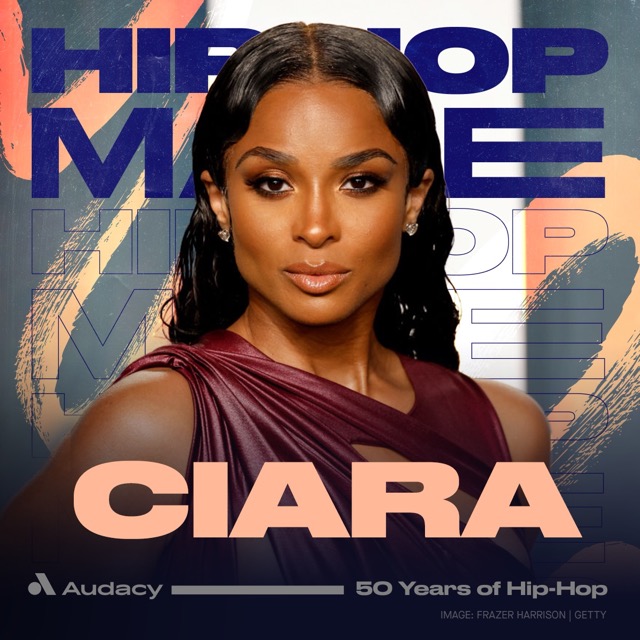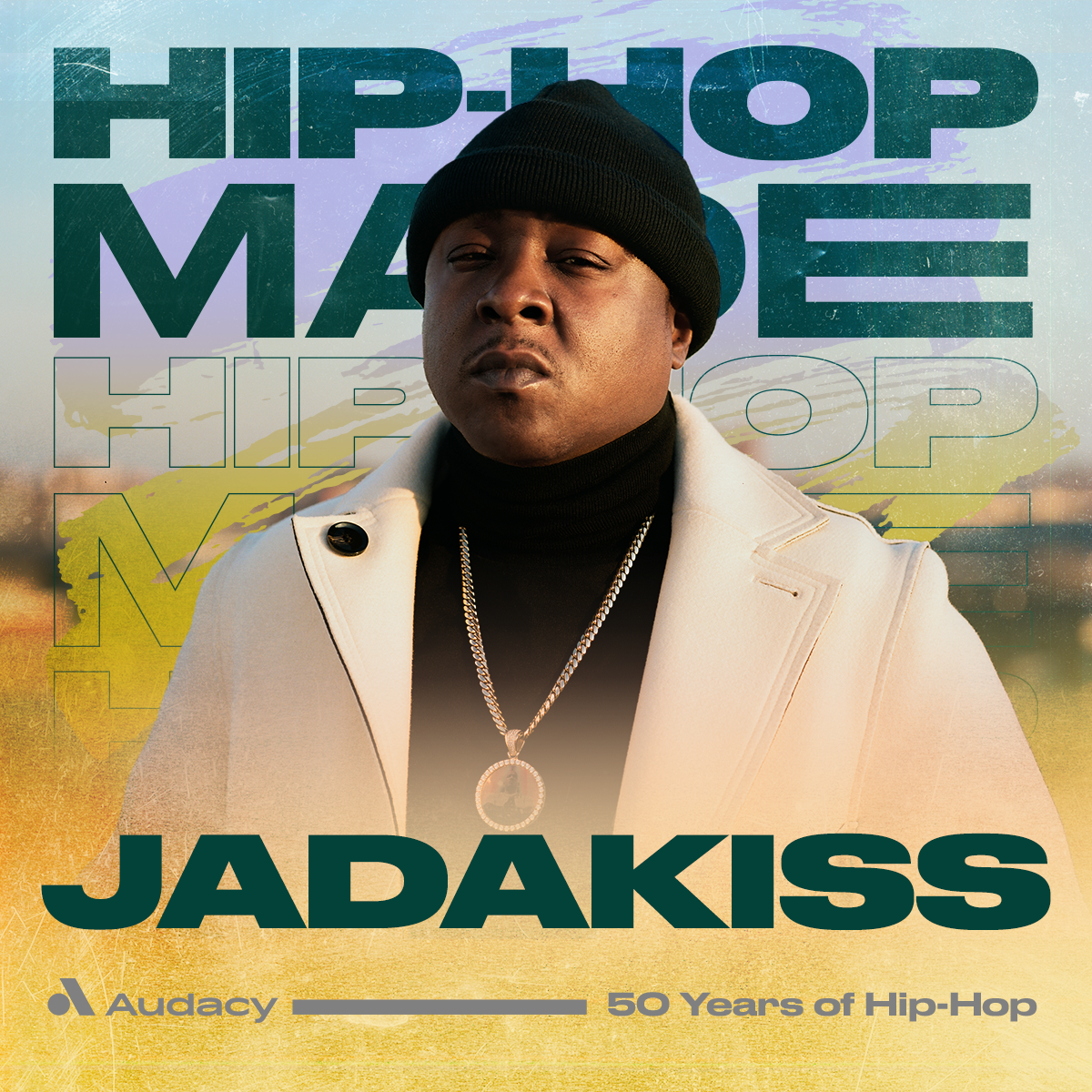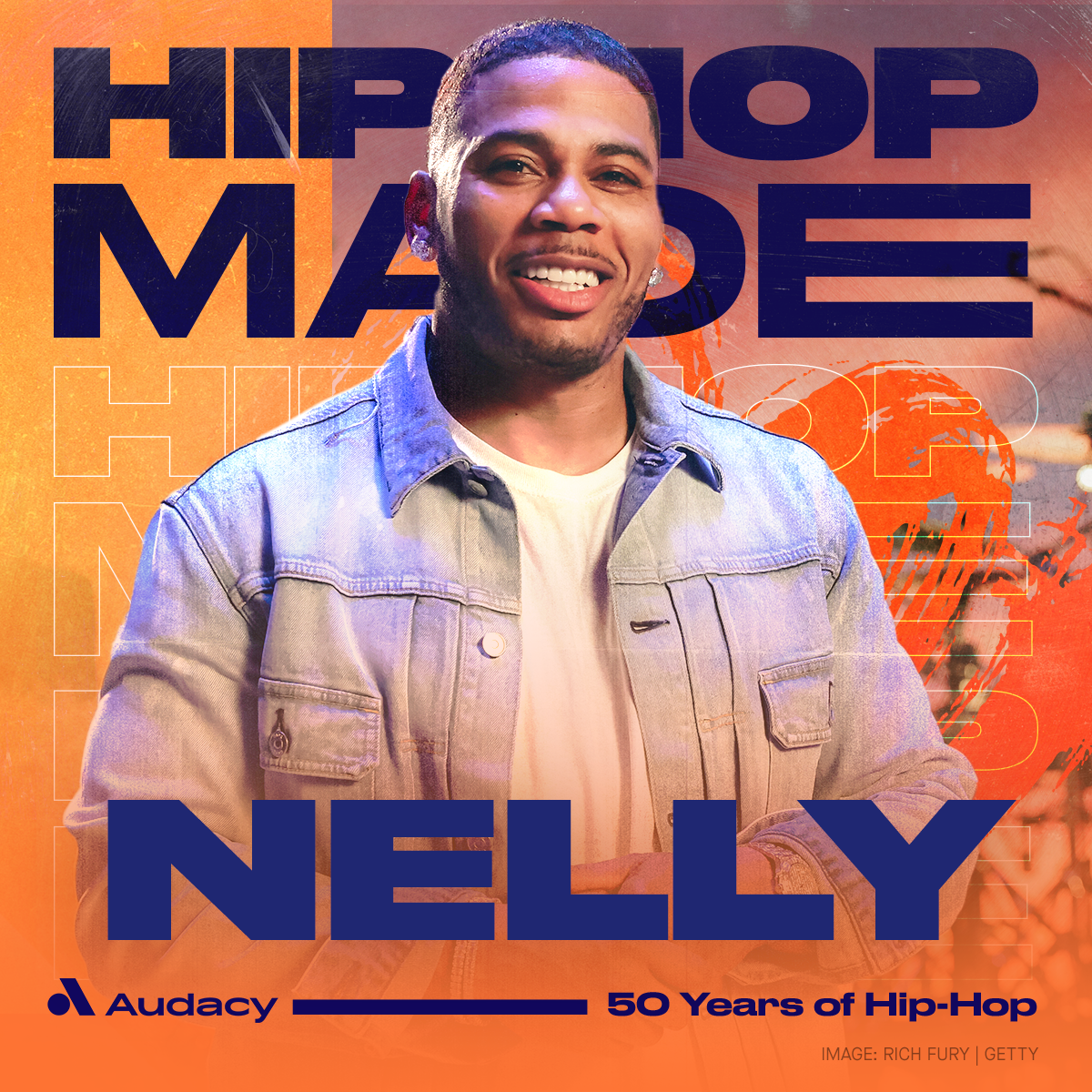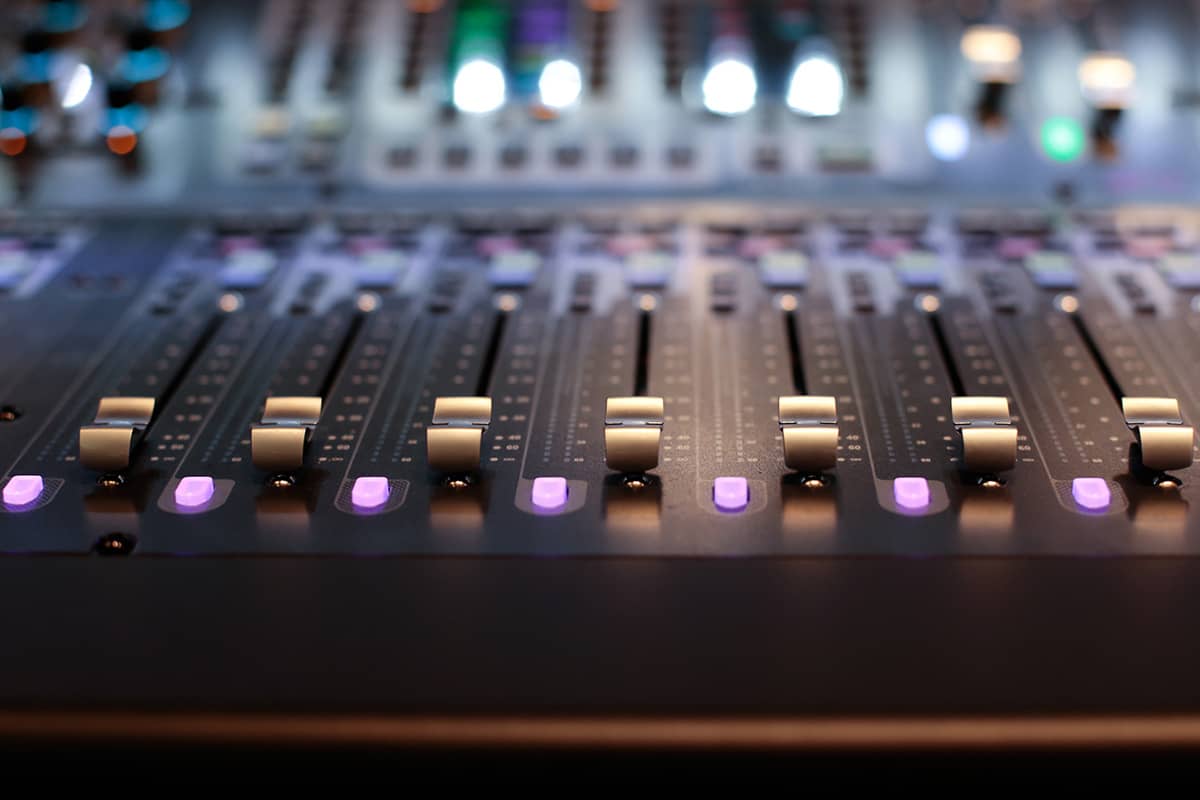How Hip-Hop Blasted Open the Doors of Media, Marketing, and Influence
This year marks the 50th anniversary of hip-hop, a milestone affirming what loyal fans have long known: Hip-hop music and culture are innovative and influential, and woven into the fabric of American society.
Today, hip-hop boasts a lengthy roster of influential artists, exciting new sounds, and modern superstars, cementing its place in American culture, music, and business.
From the genre’s popularity to its artists’ growing music portfolios, Skip Dillard, Audacy’s Format Vice President for Rhythmic AC and Throwback, says that hip-hop is getting the credit and respect it has long deserved.
What many people thought was a fad is, in fact, the opposite. Hip-hop is so popular and immersed in history. It erased the doubts and the doubters who thought there wouldn’t be interest past the 80s.
The birth of hip-hop – a grassroots movement
Hip-hop was a community-fueled phenomenon long before it got to radio.
Since the 1980s, Dillard has enjoyed a front-row seat to hip-hop’s rise and evolution. As a teenager, he was drawn to hip-hop’s innovative sounds and lyrics, and its brash artists, which he says were different from anything else he heard on the radio or in local record stores. But it was difficult to find and listen to the music.
Dillard can trace his hip-hop journey back to his teenage years in Greensboro, N.C.. He would visit the local record store to sample new music, and scour shops when he visited family in Knoxville, Tenn. and Washington D.C.. When Dillard’s friends and family visited New York, they’d return with new music. He’d swap records and mixtapes.
Dillard’s favorite early artists read like a who’s who list of hip-hop royalty: the Sugar Hill Gang, Whoodini, Run DMC, and Grandmaster Flash. He DJed school events and parties, spinning his favorite hip-hop, from the Sugar Hill Gang to Beastie Boys to LL Cool J.
Despite hip-hop’s popularity, the early days were not without challenges. While the 1970s and 1980s were a creative golden age for hip-hop, inspiring a diversity of sounds and talent, the genre struggled for mainstream acceptance. It was the young loyal fans that propelled the genre to mainstream radio. Listeners would flood FM call-in lines with requests, and eventually, Dillard recalls, a handful of pioneering stations, including AM stations, indies, and college outlets, stepped up with the music. Radio offered them a superior way to experience music and discover new artists, and exponentially expanded the community of fans.
Hip-Hop builds its own success
Birthed in New York, hip-hop became a global phenomenon. Hip-hop artists experimented with new sounds and attracted fans. Dillard recalls even trading mixtapes with Japanese fans.
Propelled by growing fan bases, the 80s and 90s saw savvy musicians starting their own companies to produce and distribute their music, like Dr. Dre’s Death Row Records and Russell Simmons’ powerhouse Def Jam Recording. Run DMC’s third album became the first hip-hop record to go platinum, and a handful of artists, including Eminem, Dr. Dre and Snoop Dog, catapulted to commercial success.
Radio jumps in and the music takes off
As the music and media industries took note, everything shifted. At first FM radio stations cautiously experimented with the music, playing songs in the evenings or without lyrics. While there’s no doubt hip-hop was a growing phenomenon on its own, things blew wide open in 1994, when one intrepid New York station flipped to hip-hop full-time.
Former Emmis Communications flipped WQHT-FM 97.1 to one of the first hip-hop stations in a major market. Established artists Ed Lover and Dr. Dre hosted its morning show. To fans’ delight, Hot 97 programmed a steady rotation of hip-hop day and night.
“It showed us there was a lane,” Dillard remembers.
Radio’s megaphone helped activate a new generation of music and fans. With access to millions of listeners, hip-hop’s popularity exploded, and its influence spread to retail to entertainment to sports and even education.
From luxury fashion houses, including Gucci and Fendi, to the granddaddy of American automotive, GM, brands inked deals with musicians, further legitimizing the genre for Madison Ave and providing artists another way to connect with fans.
Movie studios embraced hip-hop themes and artists with films, from the “Rush Hour” franchise to “Boyz n the Hood” and “Love & Basketball.” Young fans flocked to movie theaters and purchased the soundtracks.
On cable, networks showcased hip-hop videos and artist stories on hit shows, including MTV’s “Yo MTV Raps” and BET’s “106 & Park” and “Rap City.”
Hip-hop festivals sprouted nationwide to help fans experience live music and showcase artists. When hip-hop bands like Run DMC joined mainstream festivals like Live Aid, it offered critical exposure and legitimacy, Dillard says.
People think that Woodstock started the music festivals, but many of the big festivals – including some of today’s most popular – grew on the backs of hip-hop.
By the end of the 90s, hip-hop’s success was the norm across the nation. Queen Latifah achieved what her male counterparts could not: In 1998, she headlined the Super Bowl halftime show, opening the door for future hip-hop artists to perform at TV’s most-watched annual event.
Today, hip-hop’s leading artists rule over empires. According to Forbes, artist and producer Jay-Z is worth an estimated $2.5 billion, overseeing a portfolio that includes his music catalog, stakes in liquor businesses and Uber, a fine art collection, and an influential and expansive charity, the Shawn Carter Foundation. At a recent fundraiser to help individuals from struggling backgrounds fund their higher education, Jay Z’s charity raised $20 million – in one evening.
Similarly, bold-face stars like Sean Combs (aka Puffy, aka P. Diddy, aka Love), Russell Simmons and Damon Jean have leveraged their influence and talent to become business tycoons.
Radio continues to be hip-hop’s biggest champion
As hip-hop celebrates its 50th anniversary and beyond, radio remains a vital partner. Influential hip-hop stations and their hosts serve as taste-makers and music historians. With their fingers on the cultural pulse, radio influencers help start conversations and gather communities of listeners on-air, on digital streaming, and on social media.
Radio’s role is to continue to help define what hip-hop is, and great stations and DJs can do that through their platforms.
Hip-hop’s collective influence is undeniable, and technology is spreading its boundaries further. It’s easier than ever for artists to create and distribute their music. Digital streaming allows fans to tune into their favorite hip-hop radio stations anywhere, anytime, and discover new artists and sounds from around the world. For aspiring artists, all it takes is a few digital tools to produce music and activate a following.
“Technology is hip-hop’s best friend,” Dillard says. “Enterprising artists can build a following on TikTok or Instagram, which can drive people to stream their music. That can attract the interest of a major record to help with distribution and touring.”









